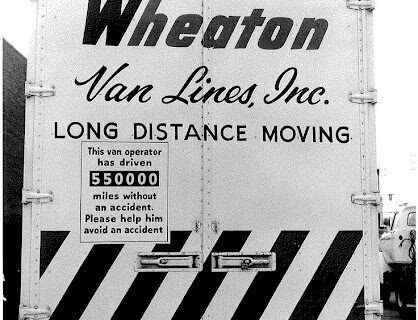Assemble Items to Pack Your Garage
Before heading out to pack your garage or shed, assemble the items necessary to pack and organize your stuff. Of course, you’ll have secure packing tape, foam or other filler, brown packing paper, and specialty boxes.
The following extra items make packing your tools easier:
- Labels
- Zippered freezer and sandwich bags
- Small covered plastic food containers
- Plastic screw-top jars
- Old, thick socks
- Permanent marker
- Camera or phone
Have a few heavy-duty plastic totes on hand for bulky items and items. If you’ve kept the instruction manuals for your gas or electric tools, now is a good time to have them available to pack with their corresponding products or loaded in a binder together.
Carefully Cull Your Collection
If your garage or shed has become a catch-all area for “stuff,” a move is a great time to get rid of the junk. First, identify all of the larger items you plan to take, like miter saws and shovels. Move these items to a central location away from the shed or garage so you can “see” the clutter more easily.
Next, take a trash bag or two around the space and toss in anything that’s just junk, like empty cardboard boxes, bottle caps, and small wood scraps. Larger wood pieces can be donated to a local woodworker, shop teacher, or organization like Habitat for Humanity if the wood is valuable. So can fasteners like nails, bolts, and screws that are in good condition. Use the small plastic food containers and screw-top jars to separate the nails, bolts, and nuts you keep or give away.
Most liquids including paints, solvents, or fuels are not allowed on the moving van, and some may be volatile. Give these items away if they are still usable, or dispose of them properly if they are not.
Wrap All Blades and Saws
If you set saws, knives, planers, and other blades loose in cardboard boxes or toolboxes, the blades may become bent and unusable. Tips of saws or knives may break off or be irreparably damaged as the moving van bounces down the road.
Carefully wrap blades in old socks, brown packing paper, or craft paper and then tape the wrapping in place. Pay careful attention to blade ends, on which you may place a small protector you fashion out of cardboard for more cushioning if desired. Add more foam or other packing material to boxes so blades don’t move in the box.
Make sure all saws and knives are protected on the top, bottom, and sides. Sharp blades, including machetes, should be secured in sheaths and then wrapped and placed in a rip-proof container like a covered wooden or metal box.
Pad the Small and Big Tools Well
Screwdrivers, hammers, and other small hand tools can make the move just fine in securely closed tool boxes. You can place felt or other soft material on the bottoms of metal toolbox drawers to keep the items from sliding around. You can also place a layer of newspaper or foam over small hand tools to keep them from bouncing.
Precision tools should be padded very securely and boxed up so they don’t shake or move. Small electric tools should have all batteries removed and be packed in original boxes or packed with other precision tools. Use the marker to label all plain boxes.
It’s a good idea to clean and oil larger garden tools before packing them. Shovels, rakes, and post-hole diggers should have the blade ends wrapped and padded securely. Place these tools upright in a large wardrobe box or trash can and pad well around the bottoms of the tools. You can use tape or bungie cords to wrap long handles of tools together to keep them from moving outside of a shorter trash can or box.
Disassemble the Big Stuff
Large saws, routers, and other workshop tools may be too bulky to pack securely unless you take them apart. If possible, find the original instructions for the items and consult them when disassembling tools. Tape the instructions to a large piece of the tool before you pack it up.
The same goes for lawnmowers, string trimmers, and chain saws. First, empty these items of all fuel. Remove the handles and tape the fastening screws (put them in a small zipper sandwich bag first) to the handle for easy re-assembly at the new house. Remove, clean, and pack the blades and chains separately.
Remember to use your phone or camera to document the tools and implements you take apart as you pack your garage for transit. Take pictures or video as you disassemble the items so you have a reference when you reassemble them.
Use Totes for Random Items
Large covered plastic totes are convenient packing and storage boxes for small garden tools, plant pots, automotive accessories, and unfinished workshop projects. The totes can be stuffed with paper or other packing material just like boxes.
The nice thing about totes is that you can pack them weeks ahead of your move, and they won’t be damaged if they’re left on a damp garage or shed floor until moving day. When you get to your new place, you can set the totes in the new shed or garage without worrying about moisture damage occurring to the bottom of boxes before you can get to that part of your unpacking.
Another option is to “tote up” your items and use the storage-in-transit option. This allows you to have your garden items and tools safely stored offsite for a few weeks or months while you build or improve the garage, workshop, or shed at the new place.
Request an estimate from Wheaton World Wide today to learn more about our moving and storage-in-transit options for your entire household.



